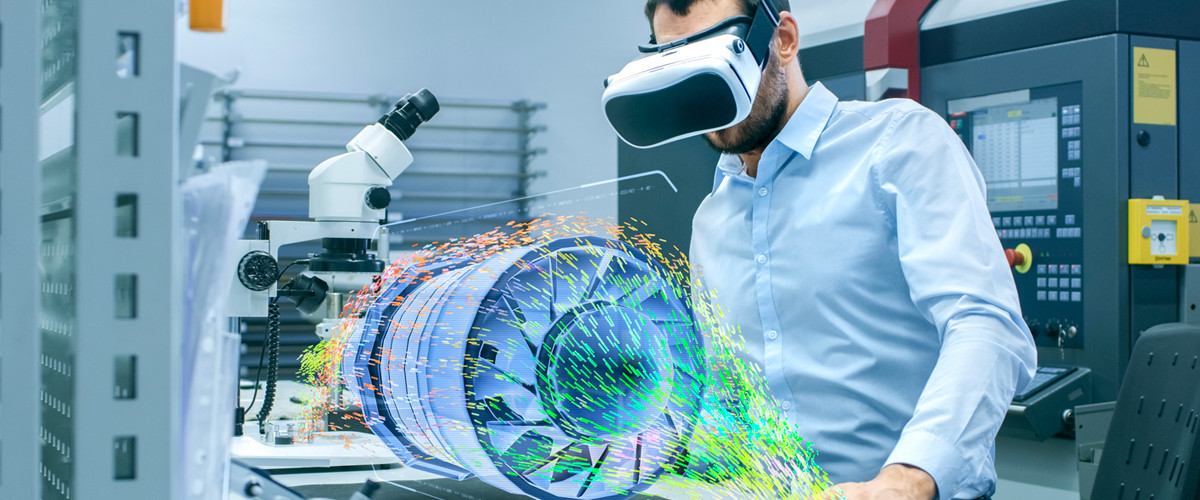July 31, 2023
Resolving the medical device field services identity crisis
Who are we? Why are we here? Here are three answers to the biggest existential questions now posed by the medical device industry’s field service function.
When it comes to field services, the medical device industry is in the full throes of an identity crisis. How can field services expand beyond its traditional break-fix and planned maintenance roots, be more innovative and deepen customer relationships? How can it be optimized to drive revenue, build brand equity and increase customer loyalty? How can it develop into a profit center as opposed to a cost center?
Other questions are framed around revenue and growth. If device makers succeed in building an extremely reliable product, how can they continue to generate revenue downstream? How does field services become a trusted advisor that can be relied on to upsell and promote add-on services?
The good news is, there has never been a better time to challenge assumptions around medical device field services, given the many new ways to leverage operational efficiencies, predictive data analytics and generative AI to operate in a more competitive and profitable way.
Moving field services to the next level
Here are three use cases, based on our work with clients, illustrating how medical device companies can embrace near-term improvements that, in turn, lead to (and help fund) bigger transformations that can truly change what field services means and how it can generate revenue and business growth.
1. Understand where you are
We have seen field service units within medical device companies with revenues dipping more than 10% year-over-year. And that is in an industry that, as a whole, is increasing at a similar rate.
In these situations, an organization’s first instinct might be to downsize service, park it within an operational group as a cost center, or make wholesale changes to the leadership. However, we’ve found success starts with a heavy dose of introspection.
First, gain insight into your operations. This means conducting a detailed process mapping exercise to understand where field service processes start and end, what the key moments are for stakeholder communications and hand-offs, and which areas of the business are impacted by field service activities. Additionally, what are the constraints hampering the field service unit’s ability to perform across the value chain, from marketing to contract management, from legal functions to fee servicing and supply chain?
The process mapping exercise is not as simple as taking what’s there and putting it down on paper. It’s a full performance analysis, using industry benchmarks to measure KPIs such as process cycle efficiency.
Attaining this visibility into operations is an ideal way to build momentum. In some client engagements, we’ve conducted detailed mapping exercises that revealed more than 50 strategic gaps within the field service processes.
Once gaps are identified, they need to be analyzed to find the underlying causes for the process breakdowns. Such an analysis can lead to both longer term optimization opportunities, as well as near-term quick wins that can help fund more transformative efforts.
For example, we’ve seen detailed process mapping exercises expose accountability and governance issues as the root cause of inefficiencies and high costs. Once these underlying causes were revealed, the clients could get to work on resolving those previously hidden issues.
2. Empower service engineers
It’s a frequent occurrence. The service engineer arrives on-site only to find they are unfamiliar with the device or lack the parts to service it, making a first-time-fix impossible. But by equipping engineers with insight into the issue and the client’s environment, as well as real-time information into how to resolve the issue, that familiar scenario can become a thing of the past.
This can happen by first ensuring the engineer has all the needed service and product information available through a “service cloud.” Additionally, engineers should have early insights into the issue, using real-time data gathered through IoT-driven continuous remote monitoring, combined with predictive data from the supplier’s ecosystems and enhanced with generative AI capabilities.
AI-first tools for frontline teams can improve first-time fix rates, for example, while proactive and predictive service can achieve more with fewer resources. Organizations could also leverage AI-powered recommendations from CRM and service history data. Parts can be made available and shipped directly to the site or stocked in the engineers’ service vans, in readiness for this visit. Using AI, the system could also automatically generate reports and suggest knowledge articles and detailed fix instructions.
Even with all the automated and predictive preplanning and support, engineers will sometimes need further assistance from subject matter experts. Engineer empowerment can be taken a step further, then, through cloud-connected “swarming,” capabilities that enable teams to collaborate on issues and come up with solutions for in-field use.
Augmented reality (AR) is another area where a remote expert can connect live to the engineer on-site, see the problem through their eyes and coach the engineer through a complex problem.
3. Resolve issues effectively and focus on customer outcomes
Finally, in the process of closing out a service call, engineers can deliver far greater customer value by presenting their findings in a comprehensive and digital manner, including details on the issue itself, repairs made, and costs or contract savings incurred. Service engineers can deliver even more value if they can present the customer with options on optimizing the service contract, using a cost analysis and benchmark analytics data to make modifications that benefit both the customer and the device supplier’s revenue stream. These are upselling opportunities, with customer service satisfaction in mind.
All of this should be done on-site, using cloud capabilities to complete the entire process before ending the service call. This type of digital experience is what customers and the engineers themselves will increasingly expect as it’s what they experience, themselves, in their day-to-day lives. It will also ensure compliance with the supplier’s quality management service agreements and reduce errors.
A new field services identity
Existential questions, such as those being asked by the medical device field service industry today, rarely have simple answers. Resolving these multi-faceted questions will require both a near-term (quick win) and longer-term (transformative) outlook.
Start with quick wins that provide immediate value that both fund and demonstrate the full art of the possible when it comes to field service transformation. Now is the time to digitally disrupt field services and heighten the customer experience.
Patrick Moore leads Life Sciences Digital Health and Med Device Consulting at Cognizant. Combining industry, consulting and technology, he specializes in medical device service, digital experience and field services optimization.
Patrick.Moore@cognizant.comLatest posts
Related posts
Get actionable business Insights in your inbox
Sign up for the Cognizant newsletter to gain actionable AI advice and real-world business insights delivered to your inbox every month.















